
Aluminum roofs are becoming increasingly popular among metal tile roofing, mainly because they are low cost and durable. Compared to metals such as steel, zinc, polymer, copper, etc., it is lightweight roofing, requiring less structural reinforcement when building or renovating a house with an aluminum roof, reducing installation costs. Aluminium metal itself is rust-proof and is not afraid of corrosion caused by sea spray and damage from the elements. At the same time, aluminum roofing sheet is also non-combustible, making it less likely to catch fire from wind-blown sparks or embers.
If you pay attention to the appearance of your house, you can choose a color-coated alloy aluminum roof. Depending on weather conditions, the service life of a color-coated aluminium roof is generally more than 20 years. If you pay attention to care and maintenance, its life will continue to be extended.
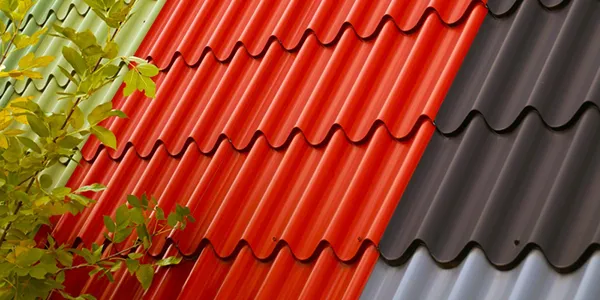
Aluminum Roofing Development History:
1800s to 1900s: The earliest roof aluminum applications originated during the Industrial Revolution. At that time, the production process of aluminum materials was immature and expensive. Therefore, the scope of use of roof aluminum sheet was limited, mainly concentrated in some high-end buildings and special places.
1920s to 1930s: Aluminum shingles roofing become increasingly popular and are widely used in industrial and commercial buildings. Aluminum roofing’s lightweight nature and excellent corrosion resistance are among the reasons for its popularity.
1950s to 1980s: The application of aluminum roofing shingles further expanded to include residential construction. As demand for public housing construction increases, aluminum roofing becomes an economically practical option. At the same time, the appearance design and color selection of aluminum roofs are gradually diversified, satisfying people’s pursuit of architectural aesthetics.
Since the 21st century: With the continuous advancement of science and technology and the increasing awareness of environmental protection, the application of new manufacturing processes and material technologies has improved the quality and performance of aluminium roofing sheet. At the same time, the concept of sustainable development is driving the rise of green buildings. As a recyclable material, roof aluminum sheets have lower energy consumption and environmental impact, meet the requirements of sustainable buildings, and have gradually become an important choice in the construction industry.
Aluminum Roofing Sheet:
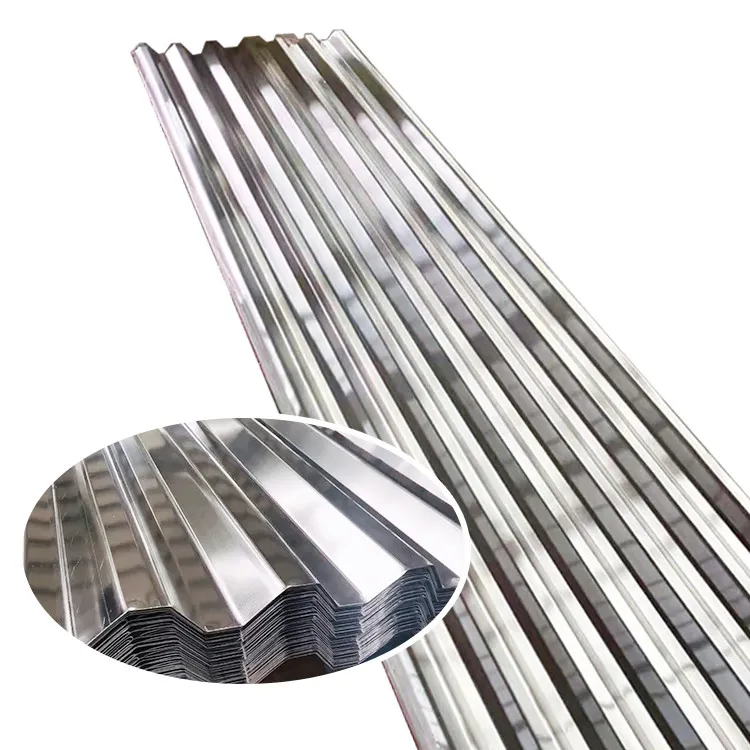
According to the design load and usage environment of the aluminum roof, common aluminum alloy grades include 3003 aluminum, 3105 aluminum, 5052 aluminum, etc. Aluminum alloys need to have sufficient strength to withstand external loads and their own weight, as well as basic requirements such as good corrosion resistance, weldability and processability. Nowadays, customers pay more attention to the durability and aesthetics of roofs, so most people require aluminum alloy roofs to be surface treated.
What Is An Aluminum Roof System?
An aluminum roofing system is a comprehensive roof covering solution that is typically constructed from multiple components and layers designed to provide protection, insulation, drainage and decorative functions for a building. These systems are primarily made of aluminum and are popular for their lightweight, corrosion resistance and customizability. Aluminum roofing systems can be classified based on their structure and purpose. Here are some common classifications:
Aluminum corrugated sheet roofing system:
This is the simplest Aluminium roofing sheets system and is typically constructed of corrugated aluminum sheets. The connection between corrugated plates can be overlapping or bolted. This system is suitable for many commercial and agricultural buildings, as well as simple residential buildings.

Aluminum sheet roofing systems:
Aluminum sheet roofing systems consist of flat aluminum sheets, usually single or double-layered. These sheets can have different coatings and surface treatments to achieve specific visual effects and performance requirements. Aluminium roofing sheets are commonly used on commercial and industrial buildings.
Aluminum roof tile system:
This system mimics the look of traditional roof tiles but uses lightweight aluminum. Aluminum roof tiles can come in different shapes and colors to suit different architectural styles. They are commonly used in residential construction.
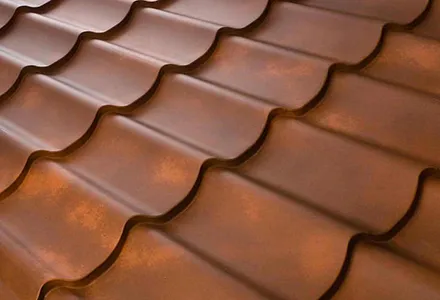
Aluminum standing seam roof system:
Aluminum standing seam roofing systems consist of long strips of aluminum sheets, often connected with standing seams, giving them a modern look. Such systems are commonly used in commercial, cultural and educational buildings, as well as luxury residences.
Solar aluminum roof system:
These systems integrate aluminium roofing with solar sheets to collect solar energy on the roof. They are an important source of renewable energy and are used in commercial and residential buildings.
Green aluminium roof system:
These systems feature vegetation cover to improve the building’s energy efficiency and environmental sustainability. They are often used in sustainable building projects and eco-friendly communities.
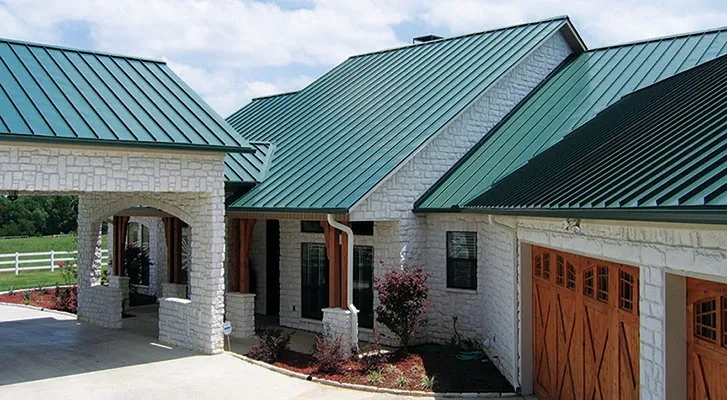
Roof insulation aluminum system:
These systems combine aluminum roofing and insulation to improve the building’s thermal insulation properties. They are often used in cold regions and in buildings where energy conservation is required.
Curved aluminum roof system:
Curved aluminum roofing systems use aluminum sheets that are curved or bent to create complex geometries and unique designs. This system is often used in modern architecture and sculptural buildings.
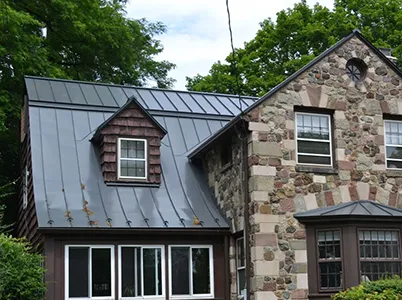
Aluminum Roofing Around the Globe:
North America:
There are various architectural styles in North America, including traditional American homes, modernist buildings, and industrial-style buildings. Aluminum roofing sheets are widely used in residential, commercial and industrial buildings. Common aluminum roof sheet materials include aluminum alloys such as 6061 aluminum sheet and 3003 aluminum sheet.
European region:
The European region has a rich and diverse architectural style, including classicism, Gothic, modernism, and postmodernism. Commonly used aluminum roof sheets materials include aluminum alloys such as aluminium 6063 and aluminium 5052. These materials have good processability and corrosion resistance and are adapted to Europe’s changing climate conditions.
Asia region:
The Asian region has Eastern traditional architecture, modern Asian style and high-tech architecture, etc. Commonly used aluminum roof sheets materials include aluminum alloys such as 6063 and 3003 aluminium.
Australia and New Zealand:
Australia and New Zealand have unique architectural styles, including traditional Victorian architecture, modernism, and coastal-style architecture. Commonly used aluminum roof sheets materials include aluminum alloys such as 5052 and 3003.
Aluminum Alloy Roof Success Stories:
Sydney Opera House

Scandinavian Homes
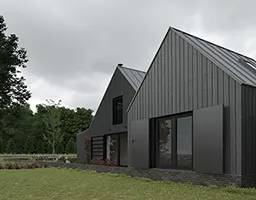
How To Install A Roof?
Design and preparation phase:
A.Determine roof design and layout and take detailed measurements.
B.Based on the measurement results and design requirements, calculate the required size and quantity of aluminum alloy plates.
C.Determine required accessories and installation tools such as screws, sealants, cutting tools, etc.
Preparation:
A.Clean the roof surface to make sure it is flat, clean, and clear of any obstructions.
B.Repair and strengthen the roof structure to ensure it can withstand the weight and wind loads of an aluminum roof.
C.Install a waterproofing or vapor barrier membrane as needed to protect your roof from moisture and water penetration.
Aluminum roof installation:
A.Aluminum sheets are cut or stamped to fit the shape and size of the roof.
B.Install the aluminum alloy plates on the roof one by one and fix them to the roof structure using screws or other appropriate connectors.
C.Make sure the overlaps between aluminum sheets and edges are well sealed to prevent moisture from penetrating.
D.Depending on design requirements and roof shape, bending, folding or welding may be required to achieve more complex roof structures.
Check and test:
A.After completing the installation of your aluminum roofing, conduct a thorough inspection and testing.
B.Check the fixation and tightness of the aluminum alloy plates to make sure they are not loose or deformed.
C.Check the drainage system and waterproofing of your aluminium roof to make sure it is functioning properly and has no leaks.
Improve and clean up:
A.Complete roof details such as edge treatments, waterproofing coatings and ventilation installations.
B.Clean up the construction site and remove excess materials and trash.
Tips For Maintaining Your Aluminium Roof:
- Clean regularly.
- Check for leaks and seals.
- Check fasteners regularly.
- Protects against scratches and breakage.
- Check attachments and drainage systems.
- Check coatings and paints regularly.
FAQ:
Which roof is better aluminum or steel?
Metal roofs in the construction field are mainly made of steel or aluminum, and the properties of the two are almost the same. Aluminum roofs are lighter in weight than steel roofs, dissipate heat faster, and are more corrosion-resistant, making them suitable for high humidity or coastal areas. There are more coating options than steel. However, in terms of financial cost, steel roofing materials are generally cheaper.
What is the biggest problem with metal roofs?
There may be some challenges with metal roofs, but the biggest problems are mainly in the following three areas:
1. Noise: Some people believe that metal roofs are noisier than other roofing materials, especially during heavy rain or hail.
2. Cost: Metal roofs cost more than other materials, but they last longer than other roofs.
3. Expansion and Contraction: Metal roofs expand and contract as temperatures fluctuate. This fluctuation may produce noises, such as pops or squeaks, that interfere with daily life.
Can I walk on aluminum roof?
It is possible to walk on aluminum roofs under certain circumstances, but it is not recommended. Compared with other roofing materials such as tile roofs, flexible roofs, wooden roofs, etc., aluminum roofs are harder and less prone to breakage. If you must walk on an aluminum roof, be sure to take protective measures such as wearing non-slip shoes and using a safety rope or safety belt.


